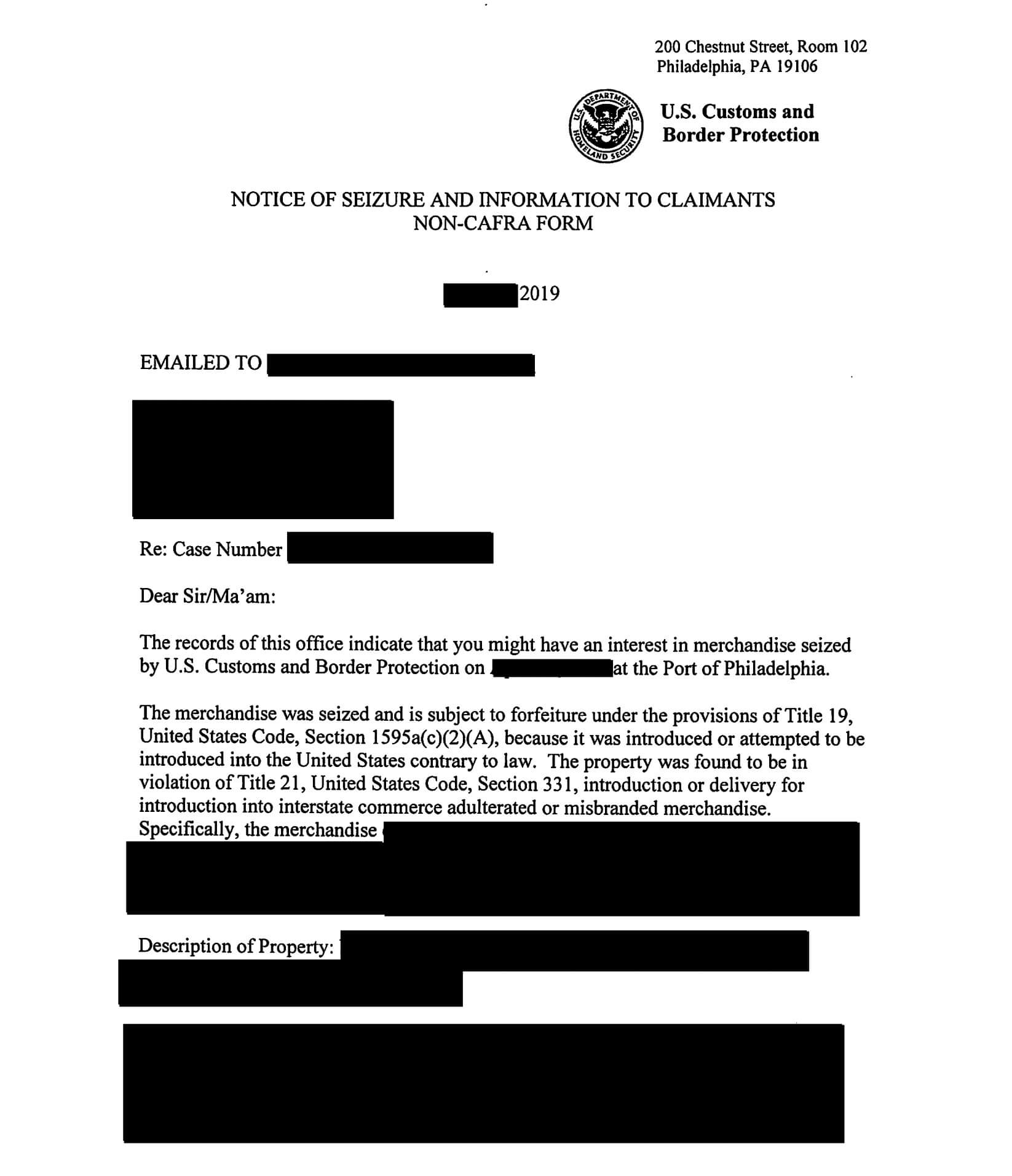Importing textile goods can be a complex process, especially when it comes to classifying these goods for customs. The proper classification of textile goods is essential for determining the correct import duties, taxes, and regulatory requirements. In this comprehensive guide, we will explore the importance of textile classification, the different classification systems used, and provide a step-by-step guide to help you navigate through the process.
Understanding the Importance of Textile Classification for Import
Textile classification plays a crucial role in international trade, as it provides a standardized system for identifying and categorizing textile goods. The classification of textiles is necessary to ensure compliance with various regulatory bodies, such as customs authorities and trade organizations. By accurately classifying textile goods, importers can determine the correct tariff rates, apply for preferential trade agreements, and meet labeling and marking requirements.
Furthermore, proper textile classification allows for effective risk management and supply chain optimization. It helps identify potential restrictions, sanctions, or quotas that may apply to certain types of textile goods, enabling importers to make informed decisions and mitigate any associated risks.
In addition, textile classification also plays a crucial role in product quality control and consumer safety. By classifying textiles based on their composition, construction, and performance characteristics, importers can ensure that the products they are importing meet the required quality standards and do not pose any health or safety risks to consumers. This is particularly important in industries such as apparel and home textiles, where the quality and safety of the products directly impact consumer satisfaction and brand reputation.
Overview of Textile Classification Systems
There are several classification systems used worldwide to categorize textile goods for import. One of the most widely adopted systems is the Harmonized System (HS), which provides a standardized coding structure for classifying goods across countries.
The HS system divides textile goods into various categories, each represented by an alphanumeric code. This code contains crucial information about the product, including its composition, construction, and purpose. Importers must accurately determine the correct HS code for their textile goods to ensure compliance and avoid potential penalties or delays at customs.
In addition to the HS system, certain countries or regions may have their own classification systems, adding further complexity to the classification process. For example, the European Union uses the Combined Nomenclature (CN), which is based on the HS system but includes additional subheadings for specific EU requirements.
Another commonly used textile classification system is the North American Industry Classification System (NAICS). This system is primarily used in the United States, Canada, and Mexico to classify businesses and industries, including textile manufacturing and trade. The NAICS codes provide a standardized way to categorize textile products based on their production processes, materials used, and end-use applications.
The Basics of Importing Textile Goods: A Step-by-Step Guide
Importing textile goods involves several key steps that need to be followed carefully to ensure compliance and minimize potential issues. Here is a step-by-step guide to help you navigate the process:
1. Research and Familiarize Yourself with Textile Classification Systems:
Prior to importing textile goods, it is essential to research and become familiar with the applicable classification systems, such as the HS or CN. Understand the structure, subheadings, and specific requirements to ensure accurate classification.
2. Determine the Correct HS or CN Code:
Analyzing the composition, construction, and purpose of the textile goods will help you determine the correct HS or CN code. Consult official classification resources and seek professional advice if necessary. Proper code identification is crucial for accurate classification.
3. Verify Country-Specific Requirements:
Take into account any country-specific requirements, regulations, or restrictions that may apply to the importation of textile goods. Make sure to comply with labeling, marking, and certification requirements, as these may vary from one country to another.
4. Collect and Review Product Documentation:
Ensure you have all the required documentation, including invoices, shipping documents, and certificates of origin. These documents provide evidence of the product’s composition and origin, supporting the accuracy of your classification.
5. Understand Import Duties and Taxes:
Before importing textile goods, it is important to understand the import duties and taxes that may be applicable. Different countries have different tariff rates and tax policies for textile imports. Familiarize yourself with these costs to accurately calculate the total landed cost of your goods.






